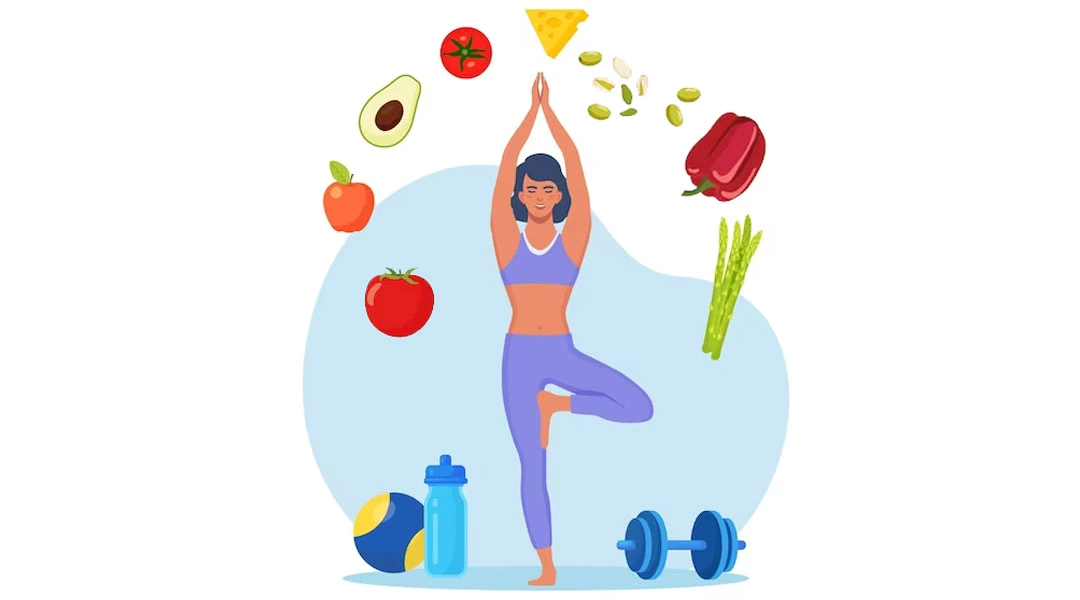Did you realise that yoga consists of much more than just Asanas?
Yash Birla believes that the harmony of body and mind is the ultimate goal of yoga, which is both a philosophy and a way of life. The principles of yoga, therefore, apply to what we eat, how we sleep, and how we meditate.
As the world celebrated International Day of Yoga, it is also essential to know about a
yoga diet based on Ayurvedic principles
. Let us look at the basic principles of a yogic diet.
- Food is not just what we eat
In yoga, eating is intimately related to feeling good. However, the meaning of food is more expansive. It includes everything we consume through our senses as well as the food we consume. In other words, what we read, watch, and listen to feeds our minds. And each of them affects how we feel!
- The purpose of yoga is to calm the mind
Our ideas and feelings are impacted by all this “food” we consume. The intellect also turns chanchala or capricious. Yoga’s greater goal is to relax the mind despite external and internal pressures, says Yash Birla. Therefore, don’t consider yoga to be merely a form of physical exercise.
- Everything in nature has Gunas
Three qualities, or Gunas, according to yoga, influence our choices, energy, and behaviour.
Yoga aids practitioners in achieving Sattva, a state of equilibrium or composure, even if we have all the Gunas in varying amounts at different times, explains Yash Birla.
- Food also has Gunas
Food is divided into Rajasic, Tamasic, and Sattvic categories in yoga. Yoga suggests a Sattvic diet to promote well-being, which is characterised by a sense of fullness following a meal, as well as by vitality, health, strength, and longevity. Thus, Yash Birla also tries and follows a Sattvic diet on a daily basis.
Sattvic foods include:
» Fresh fruits & vegetables
» Grains, legumes, beans & pulses
» Nuts & seeds
- Eat mindfully, eat moderately
Yoga focuses on how and how much we eat in addition to what we consume. Avoid interruptions while eating and focus on each mouthful to fully enjoy each bite. According to yogic philosophy, having a greater awareness of our food aids in better digestion and nutritional absorption.
What portion size is ideal? According to yoga, you should eat to fill up half of your stomach, drink to fill up the other quarter, and leave the remaining third empty.
The Bhagavad Gita asserts that our mental state affects what we eat. This is why when we are happy or at peace, it is simpler to eat healthfully and follow diet plans. Additionally, when we are under stress, we tend to eat poorly. Yoga aids in our regaining control over our decisions and Sattvic states.








Leave A Comment